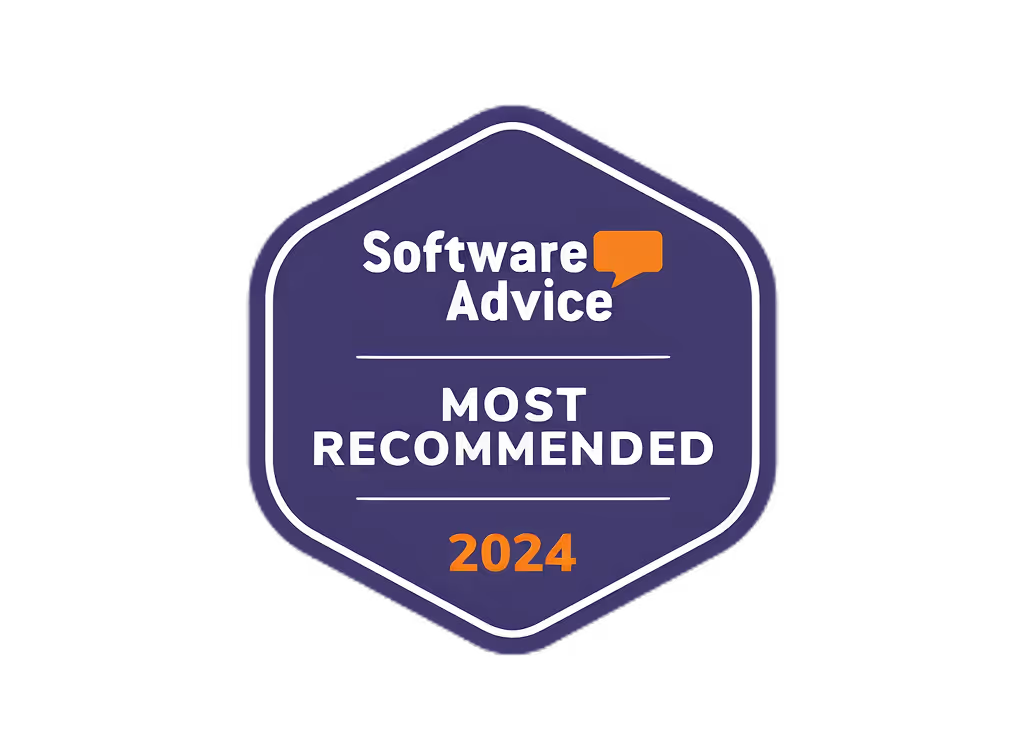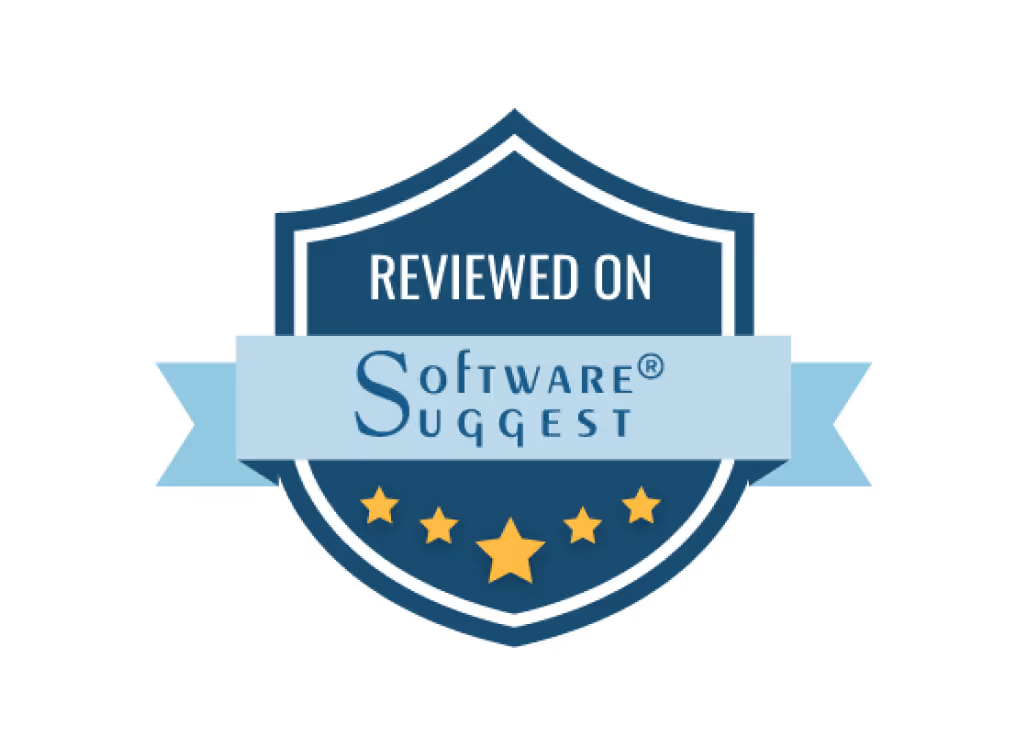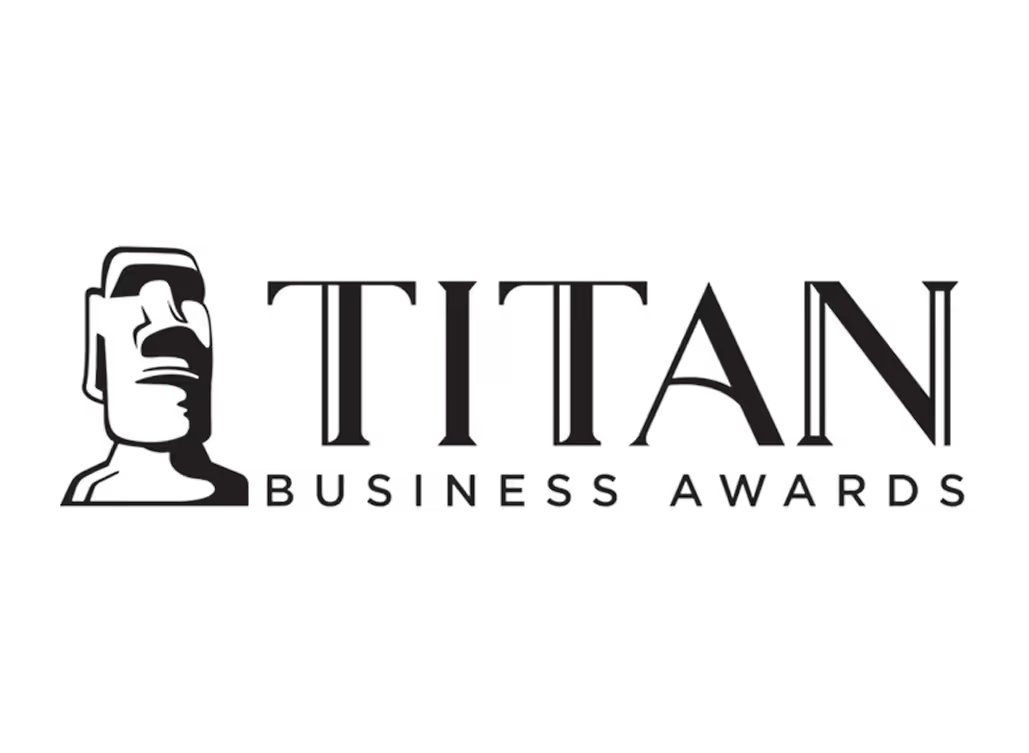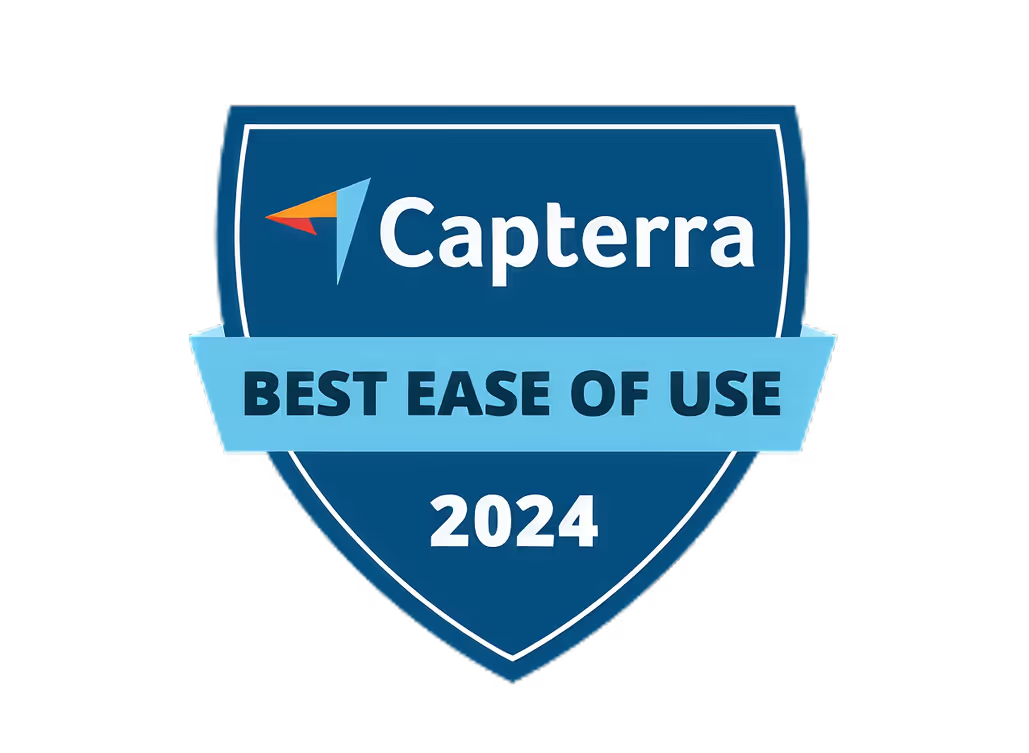5 Best Tools to Sync Video Content Across Platforms

Syncing video content across platforms ensures a consistent experience for your audience. Here are the top 5 tools to help you sync videos, each offering unique advantages for different needs:
- VideoProc
- User-friendly interface: Intuitive design makes it accessible for beginners.
- Supports over 420 video and audio formats: Ensures compatibility with a wide range of media.
- Built-in editing and compression tools: Provides essential tools for quick editing.
- Simple to use, affordable pricing: A great choice for those on a budget.
- One-click synchronization: Efficiently recalculates timestamps to resolve A/V sync issues, perfect for fixing common errors like mobile device sync problems.
- Adobe Premiere Pro
- Professional-grade video editing software: Offers advanced editing features.
- Robust syncing capabilities: Includes options for merging and synchronizing clips with ease.
- Highly customizable: Tailor the tool to your specific project needs.
- Integrates with other Adobe tools: Seamlessly connects with Adobe's suite for a comprehensive workflow.
- Multiple syncing methods: If one method doesn’t work, others are available, making it versatile for various project requirements.
- Red Giant PluralEyes
- Specialized in syncing audio and video from multiple sources: Ideal for multicam projects.
- Automates syncing process with high accuracy: Saves time and reduces manual effort.
- Suitable for complex projects: Handles large-scale productions with ease.
- Quick synchronization: Efficiently aligns multiple audio and video tracks in seconds.
- Kapwing
- Online tool for editing and syncing: No need to download or install software.
- User-friendly interface: Easy navigation for quick edits.
- Limited advanced features compared to desktop software: Best for simple projects.
- Accessible from any device: Convenient for on-the-go edits and quick fixes.
- Syncaila
- Advanced multi-camera audio and video auto-sync software: Designed for large projects.
- Efficient for large projects: Streamlines workflow for extensive video shoots.
- Accurate synchronization: Ensures precise alignment of multiple tracks.
- Can be expensive for small projects: Best suited for professional use where efficiency is key.
Each of these tools offers distinct advantages depending on your project size, complexity, and budget, ensuring there's a perfect fit for every video synchronization need.
Related video from YouTube
Quick Comparison
FeatureVideoProcAdobe Premiere ProRed Giant PluralEyesKapwingSyncailaEase of Use★★★★★★★★★★★★★★★★★★★★★Compatibility★★★★★★★★★★★★★★★★★★★★★★Automation★★★★★★★★★★★★★★★★★★★★★★Customization★★★★★★★★★★★★★★★★★★Cost-Effectiveness★★★★★★★★★★★★★★★★★★
When choosing a video sync tool, consider factors like ease of use, platform support, automation options, customization, and cost. By doing so, you'll find the perfect tool to sync your video content efficiently, enhancing your overall video production workflow.
What to Look For
When choosing a video sync tool, keep these key features in mind:
Simple to Use
A straightforward interface makes the tool easy to learn and operate. Clear instructions and minimal setup will save you time and effort.
Platform Compatibility
The tool should work with various platforms and video formats you already use. Check that it handles different file types, resolutions, and frame rates.
Automation
Look for scheduling and syncing capabilities to automate repetitive tasks. This lets you focus on creating content instead of manual processes.
Customization Options
Flexibility to adjust video and audio settings like resolution, bitrate, and frame rate is valuable. This allows you to fine-tune content for optimal quality.
Cost-Effective
Evaluate the cost against the features offered and your budget. Consider potential time savings, improved video quality, and productivity gains to ensure a good return on investment.
Here's a table summarizing what to look for in a video sync tool:
FeatureDescriptionEase of UseUser-friendly interface, minimal learning curve, clear instructionsPlatform SupportCompatibility with various platforms and video formatsAutomationScheduling and syncing capabilities to automate tasksCustomizationAbility to adjust video and audio settings like resolution, bitrate, frame rateCost-EffectivenessGood value for money, potential time savings, improved quality and productivity
sbb-itb-606b7a1
Top 5 Video Sync Tools
Here are the top 5 tools to help you sync video content across different platforms:
1. VideoProc

What is VideoProc?
VideoProc is a user-friendly tool for editing, converting, and syncing videos.
Key Features
- One-click video sync across platforms
- Supports over 420 video and audio formats
- Built-in tools for editing and compressing videos
Pros
- Simple interface
- All-in-one tool
- Affordable pricing
Cons
- Limited advanced editing options
- Windows-only
To synchronize audio with video using a video processing tool, follow these streamlined steps:
Step 1: Open the Software
Begin by launching your video conversion tool and navigate to the 'Video' section on the home screen.
Step 2: Import Your Video Files
Select the option to add video files, typically labeled "+Video" or similar. Choose the files where the audio and video are not aligned.
At the bottom of the interface, select an output format that matches your original file. For instance, if you're working with an MP4 file, choose MP4 again.
Step 3: Adjust Audio and Video Sync
Access the editing tools by clicking on the icon that looks like a rotation symbol. Find the option that allows you to force synchronization, often marked as "Recalculate Time Stamp" or "Force A/V Sync." Once selected, confirm your choice by clicking 'Done.'
Additional Tip: You can manually adjust the audio timing using the "audio delay" settings to refine the sync before saving your changes.
Step 4: Save the Synced File
Return to the main video panel. Click the "Run" button, or a similar option, to start the synchronization process and save your adjusted video file.
Remember, each tool might have slightly different names for their icons and options, but the general steps remain consistent.
How VideoProc Converter AI Ensures Permanent Audio and Video Sync
Step 1: Intelligent Timestamp Recalculation
When audio and video fall out of sync, it's often due to discrepancies in how the media streams are encoded and decoded. This software tackles the issue by intelligently recalculating the timestamps. Timestamps are critical as they dictate the precise timing for each video and audio frame to appear. By realigning these markers, the software ensures that what you hear matches what you see perfectly.
Step 2: One-Click Synchronization
Ease of use is paramount. With just a single click, users can initiate the synchronization process. The software automatically handles the complexities behind the scenes. This simplicity means you don’t need any technical expertise to resolve sync issues. Whether it's a tricky iPhone video or a problematic action cam recording, synchronization is just a click away.
Step 3: Permanent Fix
Common sync issues occur due to inconsistent frame rates or encoding errors. VideoProc Converter AI not only corrects the immediate problem but also ensures that the fix is sustainable, preventing future desynchronization. By addressing the root of the issue, the software offers a long-lasting solution that frees your videos from recurring sync errors.
Say Goodbye to Annoying Errors
Whether you're dealing with pesky "iPhone video sync issues" or complications from action cams, having a tool that delivers permanent solutions is essential. By using advanced algorithms to recalibrate and synchronize your media, this software ensures your videos remain flawlessly aligned in the long run.
At a Glance
FeatureVideoProcEase of Use★★★★★Compatibility★★★★★Automation★★★★★Customization★★★Cost-Effectiveness★★★★★
2. Adobe Premiere Pro

What is Adobe Premiere Pro?
Advanced video editing software with robust syncing capabilities.
Key Features
- Merge and sync clips manually or automatically
- Integration with other Adobe tools for enhanced productivity
- Comprehensive video and audio editing options
Pros
- Professional-grade features
- Highly customizable
- Strong community support
Cons
- Steeper learning curve
- Higher cost
Methods to Sync Audio and Video in Premiere Pro
Adobe Premiere Pro offers several methods to sync audio and video, catering to different user needs and expertise levels.
1. Sync with Merge Clips
- Step 1: Import your audio and video source clips into the Project panel.
- Step 2: Select the video clip and corresponding audio clip(s), then right-click and choose Merge Clips.
- Step 3: In the dialogue box, ensure the circle next to audio is selected, then click OK. A new merged clip will appear in the Project panel.
Note: Clips merge from the start of each rather than the end or by timecode.
2. Sync with the Synchronize Feature
- Step 1: Import the clips and drag them onto the timeline area.
- Step 2: Highlight all clips you wish to sync. Use Command+A (Mac) or Ctrl+A (Windows), or click and drag to select. Right-click and choose Synchronize.
- Step 3: In the dialogue box, ensure the audio option is selected, then click OK. Erase the camera audio tracks and use the external microphone audio for the best quality.
3. Manual Sync
- Step 1: Import clips to the Project panel and place them on the timeline.
- Step 2: If waveforms aren’t visible, adjust track headers and zoom in for a closer view.
- Step 3: Align audio waveforms by moving audio clips with your mouse.
- Step 4: Once synced, remove camera audio clips, retaining only the external device audio.
These methods provide the flexibility to choose the approach that best suits your project requirements, whether you prefer an automated process or hands-on control.
How to Sync Audio and Video Using the Merge Clips Feature in Premiere Pro
Syncing your audio and video can dramatically improve your editing workflow. Here's a step-by-step guide on using Premiere Pro's Merge Clips feature to achieve perfect synchronization:
Step 1: Import Your Clips
Begin by importing both your audio and video files into the Project panel. Ensure all clips needed for synchronization are present and correctly labeled to avoid confusion later on.
Step 2: Select and Prepare for Merging
Highlight the video clip and the corresponding audio clip(s) that you wish to sync. Right-click on the selected clips, and from the options that appear, choose "Merge Clips."
Step 3: Configure the Merge Settings
A dialogue box will pop up. Here, you’ll want to ensure the option to merge by audio, indicated by a circle next to "audio," is selected. This setting allows Premiere Pro to align your clips based on matching audio waveforms.
Step 4: Complete the Sync
Click “OK” to finalize the process. Your video and audio will be combined into a new merged clip, appearing in the Project panel, ready for precise editing.
Note: Remember, the sync process aligns clips from the start of each file, not from other points like timecode or markers. This setup can simplify editing by ensuring your audio and video flow together smoothly.
How to Manually Sync Audio and Video in Premiere Pro
Syncing audio and video manually in Premiere Pro can help create professional-quality content when automatic syncing isn’t an option. Follow these steps to ensure smooth synchronization:
- Load Your Clips: Start by importing your audio and video files into the Project panel. Once imported, drag them into the timeline to begin working with them.
- Visibility of Waveforms: If the audio waveforms are not visible in the timeline, adjust the track headers from the left panel until you can clearly see the waveforms. You may need to zoom in on your clips for a detailed view.
- Aligning Audio Tracks: Carefully match the audio waveforms from the different sources by dragging the audio clips within the timeline. Look for distinct peaks and troughs to align them precisely.
- Finalizing the Sync: After syncing, you can delete audio tracks linked directly to the camera. Retain the higher quality audio from your external device to ensure the best sound.
By following these steps, you ensure your audio and video tracks are in perfect harmony, resulting in a polished final product.
Fixing Audio and Video Sync Issues in Premiere Pro
Aligning audio and video in post-production can be tricky, but Premiere Pro offers several methods to help you achieve perfect synchronization. Here's how you can tackle the issue:
Method 1: Using Merge Clips
- Import Clips: Begin by importing both your audio and video files into the Project panel.
- Select and Merge: Highlight the corresponding audio and video clips. Right-click and choose the option to merge them.
- Configure Settings: Ensure the audio is set to the primary source in the dialog box that appears. Confirm your choice, and a new, merged clip will appear in your Project panel.
Pro Tip: This method aligns clips from the start point, not the end or timecode.
Method 2: Using the Synchronize Tool
- Import and Place on Timeline: Drop your audio and video clips into the workspace timeline.
- Select All Clips: Either use Ctrl (or Command) + A, or drag to select the clips you wish to sync.
- Synchronize: Right-click and select the synchronize option. Designate the audio as the primary reference. Once complete, remove the unnecessary camera audio tracks, keeping only the external microphone's audio.
Method 3: Manual Synchronization
- Add to Timeline: Import your media files and arrange them on the timeline.
- Adjust Waveforms: If audio waveforms aren't visible, expand the track headers and zoom in for clarity.
- Align Audio: Manually match audio waveforms by adjusting the position of the audio clips.
- Cleanup: Delete any unwanted camera audio tracks, leaving only the high-quality external audio.
Each method has its strengths, so choose according to your project needs. With these steps, you'll be able to correct any audio and video sync issues in your production.
At a Glance
FeatureAdobe Premiere ProEase of Use★★★Compatibility★★★★★Automation★★★★Customization★★★★★Cost-Effectiveness★★★
3. Red Giant PluralEyes

What is Red Giant PluralEyes?
Tool designed specifically for syncing audio and video from multiple devices.
Key Features
- Automates syncing process with high accuracy
- Can be used as an extension within Adobe Premiere Pro
- Handles multi-camera and multi-recorder setups easily
How to Use PluralEyes 4 for Multicam Recordings
Step 1: Begin by downloading and installing the RedGiant Application Manager. You can access a trial version of PluralEyes 4 for 14 days, perfect for testing its capabilities.
Step 2: Launch the application. Import your video clips and audio recordings, even if they were recorded separately. This flexibility is where PluralEyes shines.
Step 3: Once your media files are fully loaded, click the Synchronize button at the top. The software takes over, automating the syncing process with remarkable speed and precision.
Step 4: After synchronization, preview the timeline by clicking the small TV icon in the top left corner. This functionality ensures everything is aligned perfectly.
Step 5: Save the synchronized timeline as a project file. You can seamlessly integrate it into your preferred video editing programs such as Premiere Pro, Final Cut Pro, or After Effects. PluralEyes also functions as an extension within Premiere Pro, allowing for synchronization directly inside the program without switching applications.
Pros
- Precise synchronization
- Suitable for complex projects
- Streamlines multi-source syncing
By following these steps, PluralEyes 4 transforms the daunting task of syncing audio and video from multiple sources into a straightforward process, enhancing your editing workflow and ensuring high-quality results.
How to Sync Audio and Video with PluralEyes 4
Synchronizing audio and video can be a breeze with PluralEyes 4. Follow these straightforward steps to ensure seamless synchronization:
- Get Started with PluralEyes 4
- First, download and install the RedGiant Application Manager to access a trial version of PluralEyes 4. This trial gives you a full 14 days to explore the tool's capabilities.
- Import Your Media
- Open the application and upload your video clips alongside their corresponding audio files. These should be the clips and recordings captured separately during your shoot.
- Sync Your Media Files
- Once all files are loaded into the program, locate the 'Synchronize' button at the top of the interface. Clicking it will initiate the synchronization process, aligning your audio and video in moments.
- Preview the Results
- After synchronization, you can view the results by selecting the small TV icon situated in the top left corner. This allows you to check the newly aligned timeline and ensure everything looks perfect.
- Save and Export Your Timeline
- Save your synchronized timeline as a project file. You can then easily import this file into your preferred video editing programs. PluralEyes 4 supports exporting timelines for use in popular software like Premiere Pro, Final Cut Pro, and After Effects.
- Utilize PluralEyes in Premiere Pro
- If you use Adobe Premiere Pro, you can conveniently run PluralEyes as an extension. This feature allows you to synchronize audio and video directly within Premiere Pro without needing to switch between programs.
Now your media is perfectly synchronized, making editing a streamlined process. For further guidance, check out video tutorials available online to maximize your experience with PluralEyes 4.
At a Glance
FeatureRed Giant PluralEyesEase of Use★★★★Compatibility★★★★Automation★★★★★Customization★★★Cost-Effectiveness★★★
4. Kapwing

What is Kapwing?
Online tool for editing and syncing video and audio content.
Key Features
- Merge audio and video files easily
- Supports various video formats
- Offers additional features like adding subtitles and effects
Pros
- No software installation needed
- Accessible from any device with internet
- User-friendly interface
Cons
- Internet dependent
- Limited advanced features compared to desktop software
At a Glance
Feature Kapwing
Ease of Use★★★★★Compatibility★★★Automation★★★Customization★★★Cost-Effectiveness★★★★
5. Syncaila

What is Syncaila?
Advanced multi-camera audio and video auto-sync software.
Key Features
- Syncs clips with high accuracy
- Supports long-duration and complex projects
- Available for Windows and macOS
Pros
- Efficient for large projects
- Accurate synchronization
- Consumes minimal computer resources
Cons
- Specialized use
- Can be expensive for small projects
At a Glance
FeatureSyncailaEase of Use★★★★Compatibility★★★★★Automation★★★★★Customization★★★★Cost-Effectiveness★★★
Other Video Sync Options
Besides our top 5 picks, here are two more tools that can help sync videos across platforms:
Wondershare DemoCreator

Wondershare DemoCreator is a free, open-source video editor with sync capabilities and social media sharing. It's perfect for beginners who want to:
- Record screen
- Edit videos
- Share directly to YouTube
Other key features:
- Annotation tools
- Audio editors
- Support for various video formats
OpenShot

OpenShot is a user-friendly video editor with advanced options like:
- Video transitions
- Unlimited audio tracks
- Keyframe animation
- 3D animations
- Vast library of effects and transitions
Both Wondershare DemoCreator and OpenShot are excellent free alternatives for syncing videos across platforms. While they may lack some advanced features of paid tools, they can still deliver high-quality results.
Here's a quick comparison:
FeatureWondershare DemoCreatorOpenShotCostFreeFreeUser-Friendliness★★★★★★★★★Advanced Editing★★★★★★Social Sharing★★★★★★★Animations★★★★★★★Audio Editing★★★★★★★
Synchronizing Audio and Video with VLC Media Player
If you’re experiencing audio that doesn’t sync properly with the video, VLC Media Player is a handy tool to fix this issue temporarily. Follow these simple steps to adjust the audio-visual sync:
Step 1: Install VLC Media Player
- Download: Begin by downloading VLC Media Player from the official VideoLan website. Ensure you choose the version compatible with your operating system.
- Installation: Follow the on-screen instructions to install the software on your device.
Step 2: Load Your Affected File
- Open File: Launch VLC and use the 'Open File' option to load the video you're having trouble with. This can typically be done through the ‘Media’ menu.
Step 3: Adjust Audio-Visual Sync
- Audio Ahead of Video: If you find that the audio is lagging behind, press the
Jkey. This will delay the audio by 50 milliseconds (ms) with each press. - Audio Lagging: Conversely, if the audio is ahead, press the
Kkey to advance the audio by 50 milliseconds (ms) per press.
Important Note
The synchronization changes made using these keys are temporary and will only affect the current playback session. Once you close the video, these adjustments will not be saved to the file itself.
This process helps to temporarily fix audio-visual sync issues for smoother playback in VLC. For permanent solutions, consider editing your video with software designed for video editing and production.
To adjust audio and video synchronization issues using VLC Player, follow these steps to quickly resolve the problem:
Get Started with VLC Player
- Download and Install: Begin by downloading VLC Player from its official website, VideoLan. Once downloaded, proceed with installing the application on your device.
Syncing Audio and Video
- Open Your File: Launch VLC Player and load the file where the audio and video are not properly aligned.
- Adjust Audio Timing:
- If the audio plays ahead of the video, press the J key to introduce a delay. Each tap of the key increases the delay by 50 milliseconds.
- If the audio lags behind the video, press the K key. This action reduces the delay, adjusting the audio to sync faster by increments of 50 milliseconds.
Important Considerations
- Temporary Solution: Remember, these adjustments are temporary and only affect playback within VLC. The file itself remains unchanged, meaning the next time you open it, you'll need to readjust unless you save it differently using video editing software.
By employing these quick keystrokes, VLC Player can help you enjoy your media files in sync, offering a seamless viewing experience.
How to Sync Audio and Video Using Tentacle Sync Studio
Syncing audio and video efficiently is crucial for seamless video editing. Follow these steps to use Tentacle Sync Studio for precise synchronization:
Step 1: Download and Install
- Begin by visiting the Tentacle Sync website.
- Download the installation file for your operating system.
- Locate the downloaded file and proceed with the installation process.
Step 2: Import Your Media
- Open Tentacle Sync Studio.
- Find the plus icon in the top left corner of the interface.
- Use it to import the audio and video files that include timecode data. The software will automatically align them based on these timecodes.
Step 3: Verify Synced Clips
- After synchronization, click on Sync Info to ensure all clips are aligned properly without errors.
- Use Sync Map to visualize the timeline and verify the synchronization visually.
Step 4: Export Your Timeline
- Once satisfied with the synchronization, export the timeline.
- Open the exported file in your preferred video editing software to proceed with detailed editing.
By following these concise steps, you'll be able to sync your audio and video quickly and accurately, optimizing your editing workflow.
How to Sync Audio and Video Using Tentacle Sync Studio
Syncing audio and video seamlessly is crucial for any successful media project. With Tentacle Sync Studio, you can accomplish this task with ease. Here's a step-by-step guide to walk you through the process:
1. Download and Install
Begin by downloading the application from Tentacle Sync's official website. Locate the installation package on your computer and follow the prompts to install the software.
2. Import Your Clips
- Launch the program.
- Look for the plus icon at the top left corner.
- Click it to import your audio and video files.
- Ensure that the files include timecodes, as this information is crucial for automatic synchronization.
3. Synchronization and Verification
- After importing, the tool will automatically sync your clips.
- Use the "Sync Info" feature to verify that all clips have synchronized without any issues.
- Additionally, explore the "Sync Map" to visually inspect how the timeline is arranged.
4. Export Your Project
Once everything is confirmed to be in perfect sync, export your timeline. You can then open this exported file in your preferred video editing software to commence detailed editing and enhance your project further.
By following these steps, you’ll efficiently align your audio and visual components, setting the stage for a polished final product.
Final Thoughts
Syncing video content across platforms is crucial for providing a smooth viewing experience. With numerous tools available, choosing the right one for your needs is important.
Top 5 Video Sync Tools
Here's a quick overview of our top 5 picks:
1. VideoProc
- User-friendly interface
- Supports over 420 video and audio formats
- Built-in editing and compression tools
- Simple to use, affordable pricing
2. Adobe Premiere Pro
- Professional-grade video editing software
- Robust syncing capabilities
- Highly customizable
- Integrates with other Adobe tools
3. Red Giant PluralEyes
- Specialized in syncing audio and video from multiple sources
- Automates syncing process with high accuracy
- Suitable for complex projects
4. Kapwing
- Online tool for editing and syncing
- No software installation needed
- User-friendly interface
- Limited advanced features compared to desktop software
5. Syncaila
- Advanced multi-camera audio and video auto-sync software
- Efficient for large projects
- Accurate synchronization
- Can be expensive for small projects
Other Options
ToolCostUser-FriendlinessAdvanced EditingSocial SharingAnimationsAudio EditingWondershare DemoCreatorFree★★★★★★★★★★★★★★★★★OpenShotFree★★★★★★★★★★★★★★★★★★★
Wondershare DemoCreator and OpenShot are excellent free alternatives for syncing videos across platforms. While they may lack some advanced features of paid tools, they can still deliver high-quality results.
When selecting a tool, consider factors like ease of use, platform support, automation options, customization, and cost. By doing so, you'll find the perfect tool to sync your video content efficiently, enhancing your overall video production workflow.

















